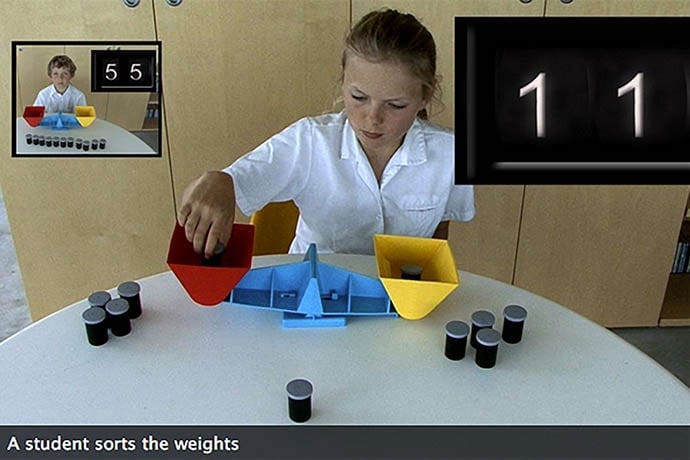How computers and computation work is a mystery to most people. Yet there are a number of ways to learn about computers and computer science without actually using a computer. Teachers, parents, and kids can be active while learning.
There are several online resources for learning computing without computers, often called unplugged computing or computer science unplugged.
Teaching London Computing
This group supports the Computing at School computer science curriculum taught in UK schools. Their resources and information are freely available to anyone with an internet connection.
The Locked In Activity
A person with locked in syndrom is paralyzed but totally aware of their surroundings. Usually it’s the result of a stroke or other medical condition. Could you write a book if you were locked in? This activity looks at someone who did exactly that while the activity also teaches computational thinking and algorithms.
The Intelligent Piece of Paper
Forget are you smarter than a fifth grader: are you smarter than any piece of paper? This activity uses noughts and crosses (Xs and Os in the US) to demonstrate how paper can be artificially intelligent, as well as how computers simply follow instructions set up by software programmers. It also gets you thinking about how to define intelligence.
CS Unplugged
This group provides a collection of free learning activities to teach computer science through games and puzzles. Instead of computers, their activities use cards, strings, crayons, and lots of running around. While their activities are geared for kids 5-12 years old but work with anyone. Much of their materials are translated into other languages, for example, French, Italian, Polish, Arabic, and Turkish.
Conversations with Computers: The Turing Test
This activity explores how we might recognize when a computer is truly intelligent. It gets you thinking about how to define intelligence and what makes us human. The computer scientist Alan Turing devised a simple test he thought would tell when a computer had become human. This activity replicates the test with four people playing the role of human, computer, and two go-betweens between the human and person acting as a computer.
Binary Numbers
How do you represent data when it is stored as 1s and 0s, two symbols? Participants use the provided materials to create a set of five binary cards to answer this question. The activity also shows how to send secret messages, something kids might enjoy.
Find links below for these and other groups, as well as projects mentioned here.
Learn More
Teaching London Computing
https://teachinglondoncomputing.org/resources/inspiring-unplugged-classroom-activities/
https://teachinglondoncomputing.org/resources/inspiring-unplugged-classroom-activities/the-locked-in-activity/
https://teachinglondoncomputing.org/resources/inspiring-unplugged-classroom-activities/the-intelligent-piece-of-paper-activity/
CS Unplugged
http://csunplugged.org/
http://csunplugged.org/the-turing-test/
http://csunplugged.org/binary-numbers/
http://csunplugged.org/routing-and-deadlock/
Barefoot Computing
You’ll need to register to see their materials but they’re a big part of the Computing at School (CAS) effort in the UK and teaching computer science without computers.
http://barefootcas.org.uk
http://barefootcas.org.uk/resources/
STEM Learning
Also requires registration to see their materials.
https://www.stem.org.uk/elibrary/collection/3909/computer-science-unplugged

